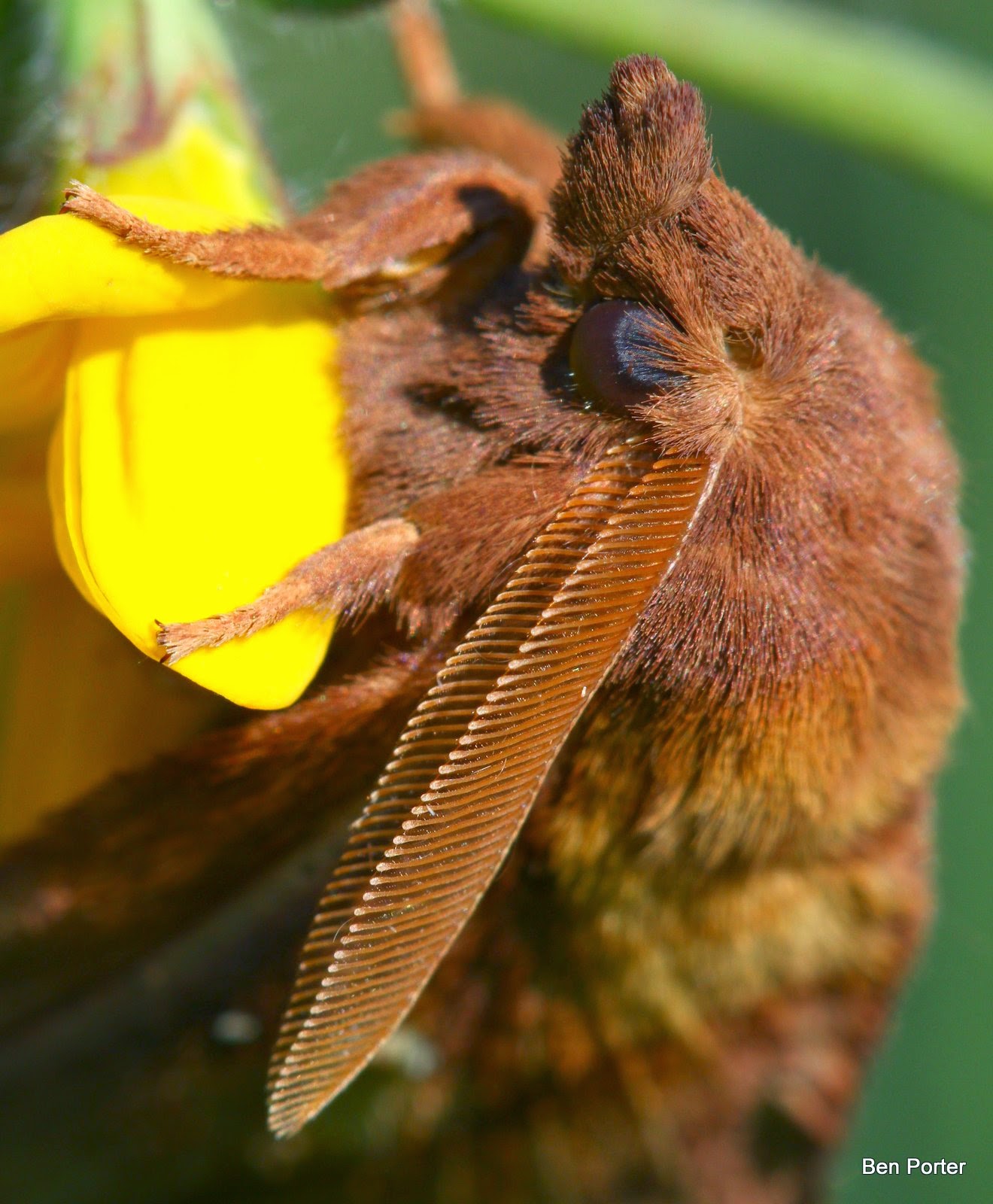Apologies for the lack of updates for the last few weeks; I am now back on the island and updates should resume regularity in the ensuing days and weeks. Although a slight trickle of southward-bound migrants has been noted in the last few weeks, autumn migration is certainly not in full swing as yet.
The focus at the moment is upon the island's wealth of breeding birds: both passerines and non-passerines. Linnets, Meadow Pipits, Swallows and Wheatears are all over the island, 80% of which are fledglings from this year. It is proving to be a brilliant breeding season for a number of species, particularly Choughs, as outlined in Steffan's piece on the breeding birds last week.
Waders are usually the most obvious migrants at this time of year, which has certainly been evident in the last few days: one Ringed Plover, two Lapwing, a Dunlin, seven Curlews, five Redshanks and three Common Sandpipers have been noted. Two Swifts flew south over the mountain midday, although any hirundine passage is difficult to assess at the moment due to the abundance of breeding Swallows.
Several Pied Wagtail pairs have managed to fledge their second broods, whilst others are still feeding chicks in the nest. This particular individual fledged from Ty Pellaf two days ago
Having remained extremely elusive for the last three months, the pair of Little Owls above Ty Pellaf have become much more noticeable after the fledging of their chicks in the last week or two. There is at least one other pair of Little Owls on the island, and possibly even a second
Manx Shearwaters
Meadow Pipits are all over the island at the moment, with around 100 pairs recorded. Many are looking very worn and bleached after rearing two broods. Some continue to feed their fledged young, such as this bird with what appears to be the body of a Dark Arches
The amazing pattern of a Horse Flie's eye is probably not enough to stop most people from swatting them, but they are pretty awesome!
Lepidoptera
This year is proving to be a fantastic year for moths on Bardsey. New species for the island are turning up in the traps with surprising regularity, and many of them are common garden moths elsewhere in the UK. Elephant Hawkmoth, Bordered Straw, Buff Arches and Pammene aurana are the most recent additions to the island's list. Aside these, two Double Lines in the last two days is a very surprising record, considering there is just one previous record on Bardsey, and that this is quite a scarce moth (Nationally Scarce Nb).
Double Line
Six-spot Burnets have started emerging from their pupal cases, and some fresh adults can be seen flying about the trackside and meadows
A handful of Yellow Shells can be disturbed by day from the bracken on the mountain
The first few Drinker moths have started turning up in the light traps around the withies and lowlands.
After the multitude of Lackey caterpillars which were present in their tents in early May through to June, the first adult moths are finding their way into the moth traps
Garden Tiger












No comments:
Post a Comment